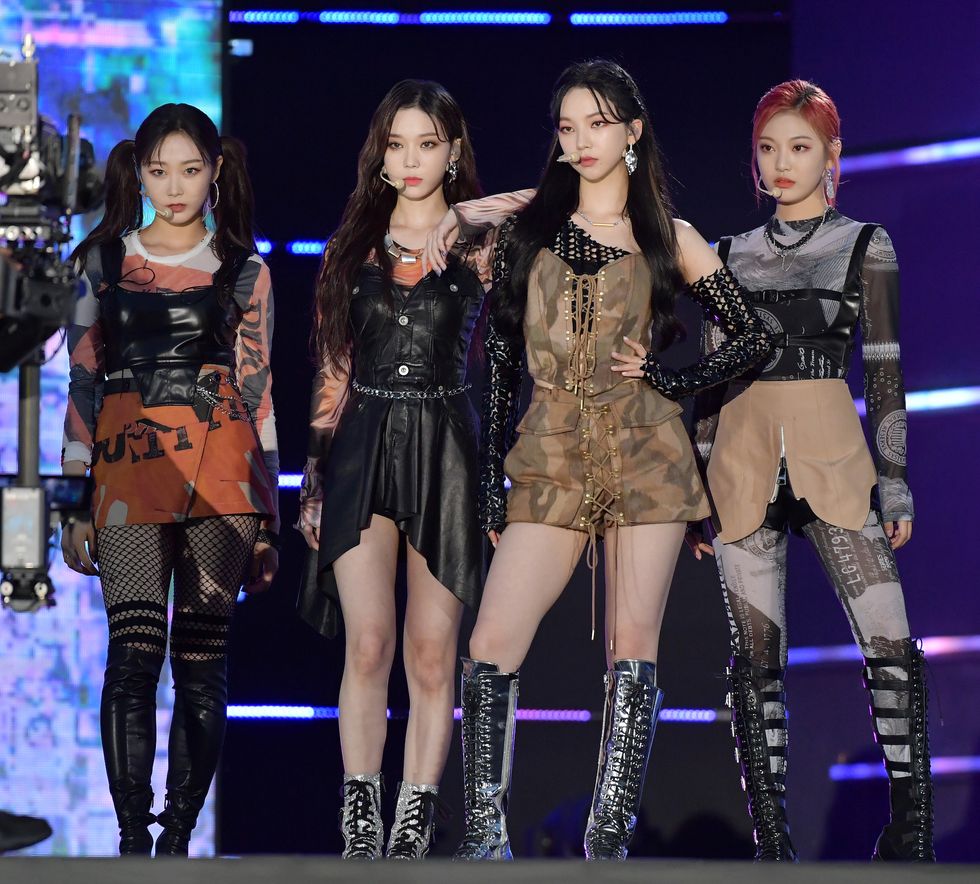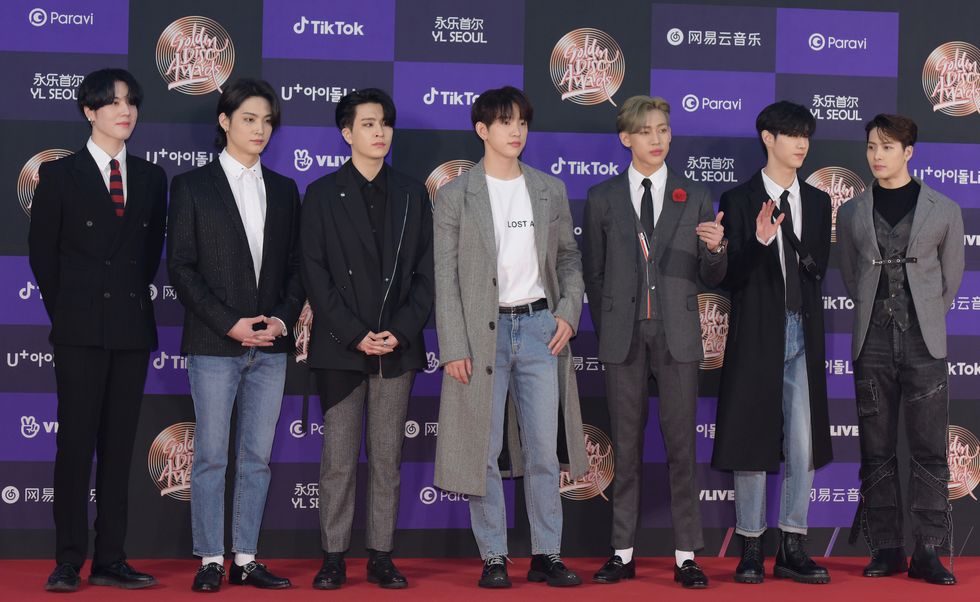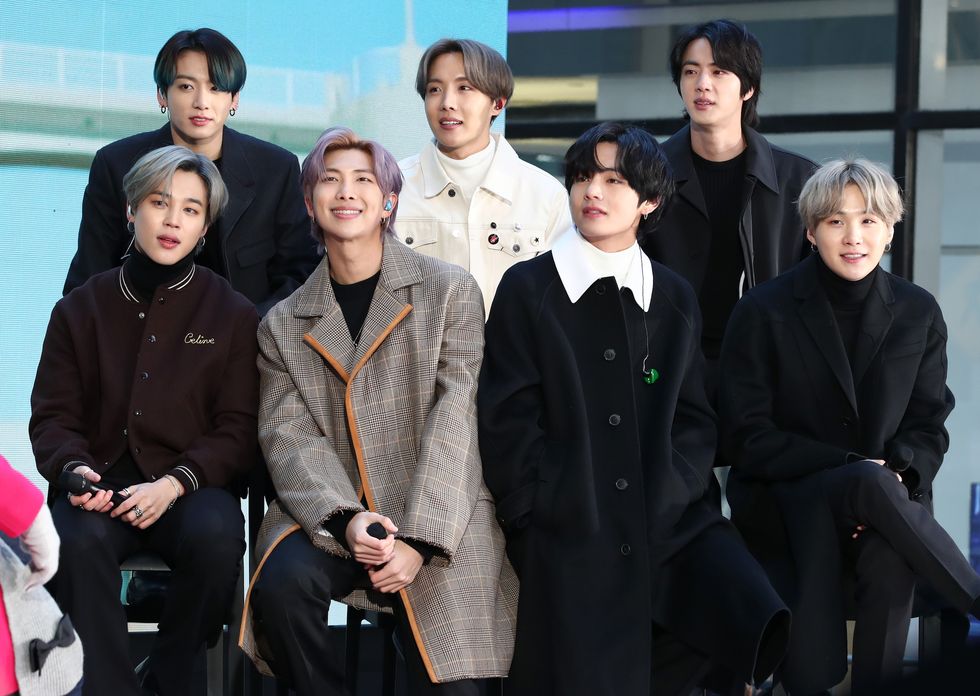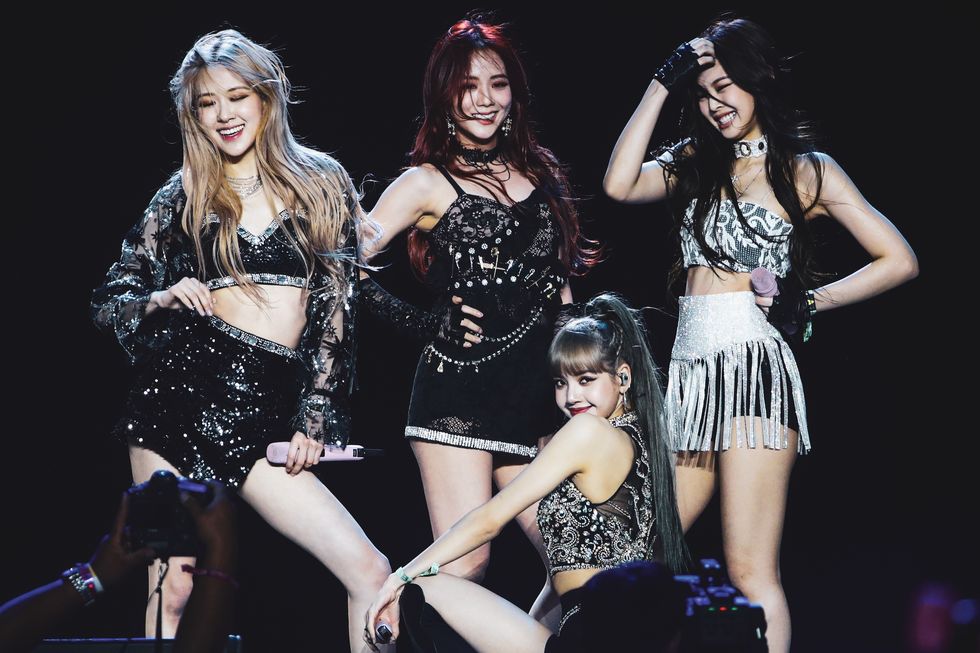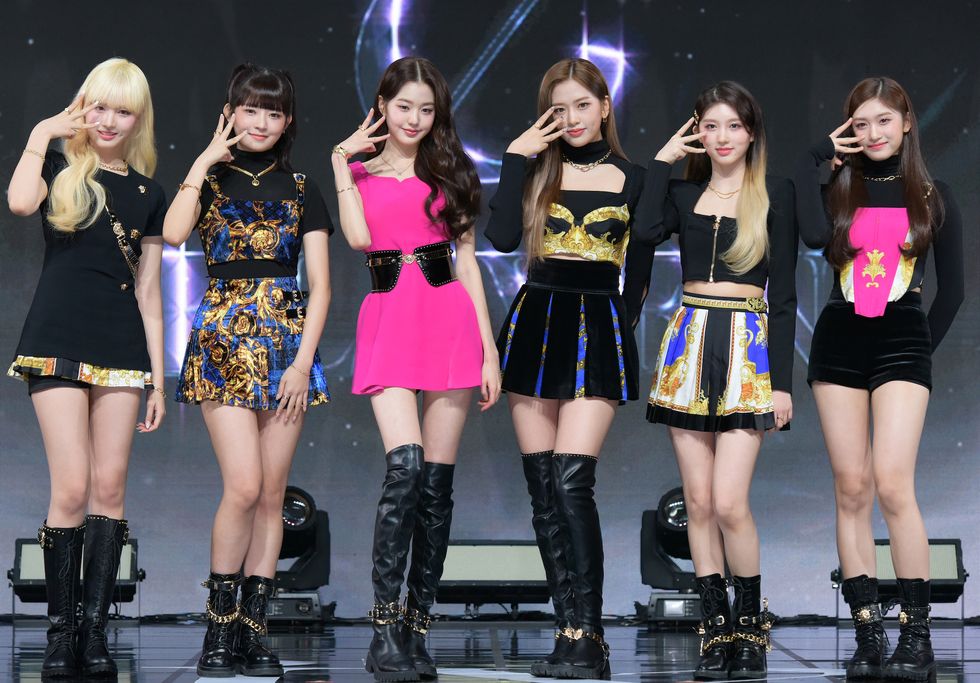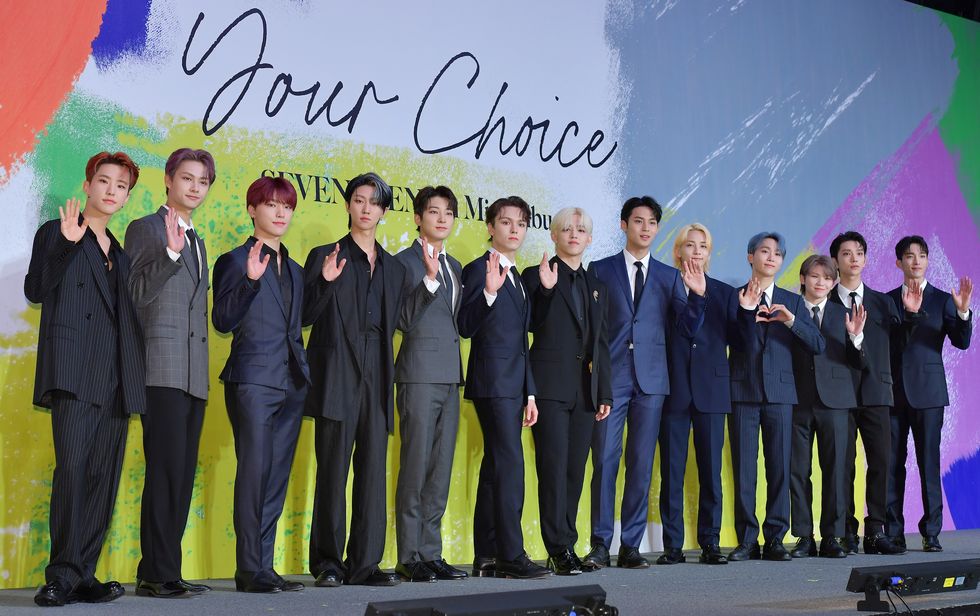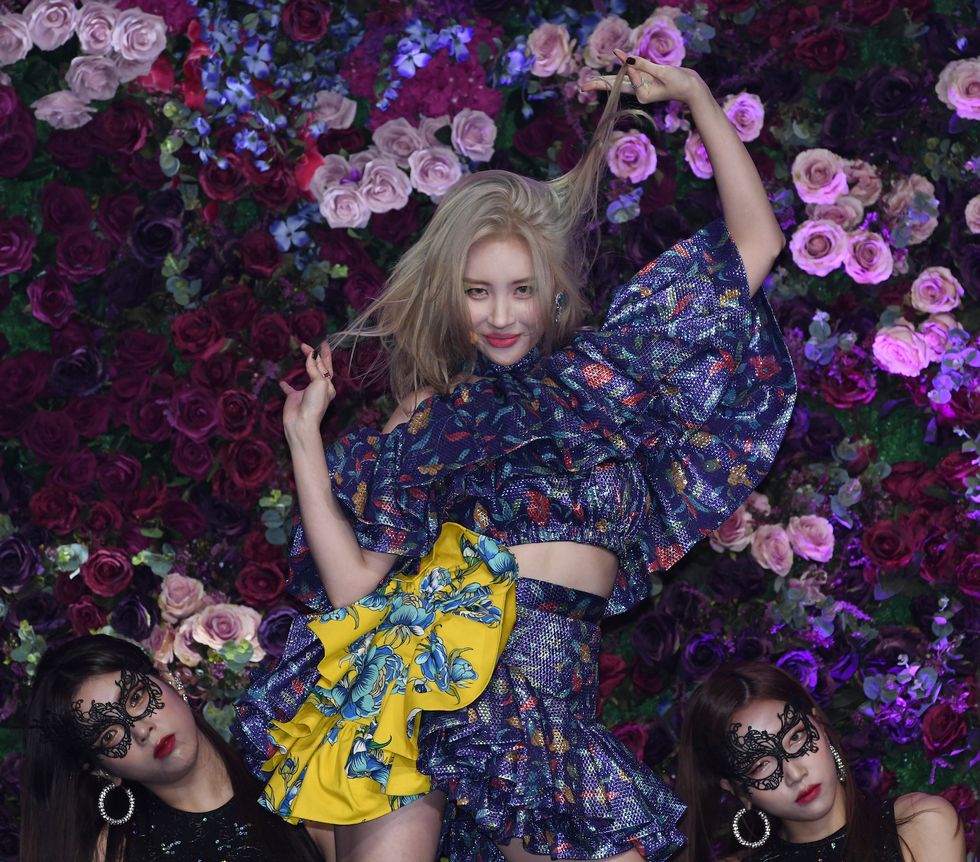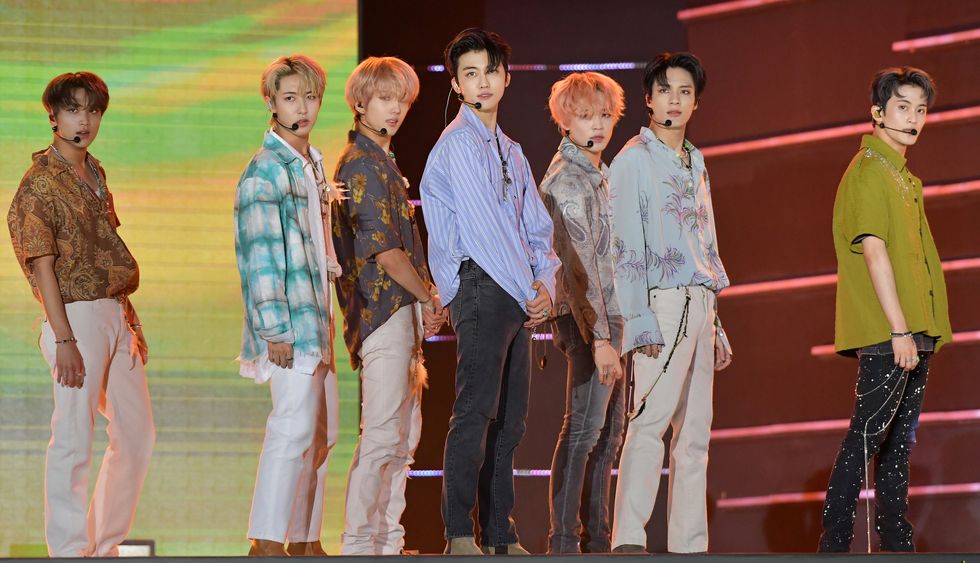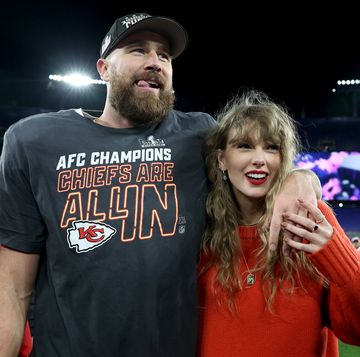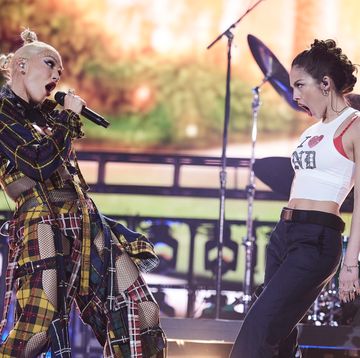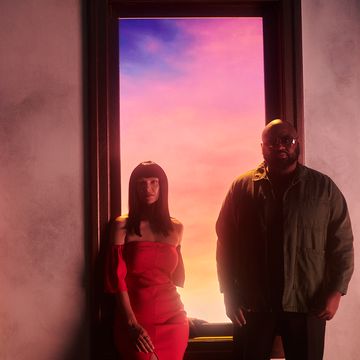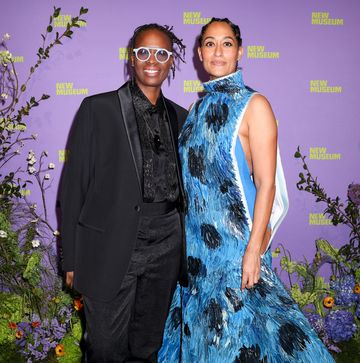Introducing the A-to-Z Guide to K-Pop
We're breaking down the subculture behind one of music's biggest genres.

If you're new to K-pop, diving into the super-genre may seem like a daunting task. Beyond the globally recognized groups like BTS and BLACKPINK lie hundreds of musicians, or idols, working as groups and soloists in South Korea's entertainment industry. These stars are all-around entertainers, and each group puts out several releases and tons of content each year, through livestreams, vlogs, variety show appearances, and behind-the-scenes clips. Behind it all is a whole subculture of concepts and terms to guide fans through the history of the art form.
Whether you just want some new additions to your playlists or you've found a group to stan and are ready to learn, here's an (almost) A-to-Z guide of the terms and groups you need to know.
Quinci LeGardye is an LA-based freelance writer who covers culture, politics, and mental health through a Black feminist lens. When she isn’t writing or checking Twitter, she’s probably watching the latest K-drama or giving a concert performance in her car.
Watch Next

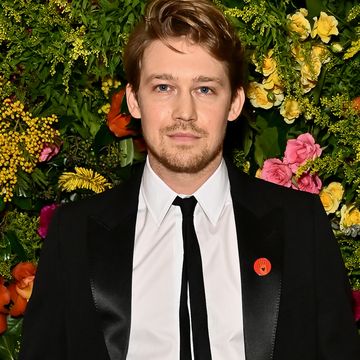
All the Joe Alwyn Nods on Taylor Swift’s New Album

Taylor Swift Makes a Flirty Anthem for Exes
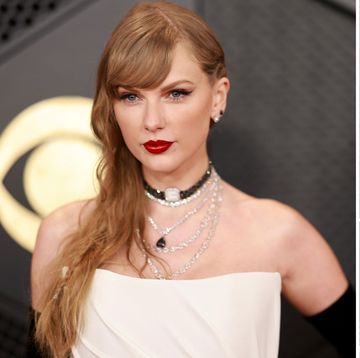
All Taylor Swift’s Songs About Matty Healy
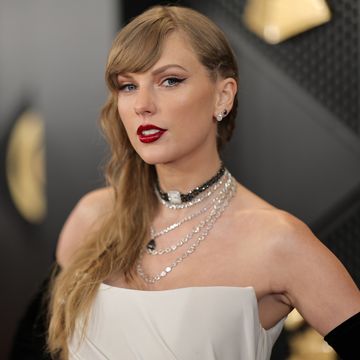
Taylor Swift Takes Aim at Kim Kardashian
